
Copyright 2016 by Gail Monaghan All rights reserved. No part of this book may be reproduced or transmitted in any form or by any means, electronic or mechanical, including photocopying, recording, or by any information storage and retrieval system, without express written permission from the publisher. Photographs on by Julia Becker. Photographs on by Gary Duff. Photograph on . Photograph on .
Its All in the Timing ISBN-13: 978-1-57284-786-6 First printing: November, 2016 Library of Congress Cataloging-in-Publication Data has been applied for. 10 9 8 7 6 5 4 3 2 1 16 17 18 19 20 Surrey is an imprint of Agate Publishing. Agate books are available in bulk at discount prices. agatepublishing.com This book is dedicated to my many students,whose enthusiasm, curiosity, and passion haveinspired these pages. CONTENTS
CONTENTS  I find the apt adage, Time and the tides wait for no man, increasingly relevant as birthdays pass. And negotiating time and its passage is at least as important in the kitchen as in other aspects of daily life. When should I do that? and How far in advance can I make it? are the questions students most frequently ask in my cooking classes.
I find the apt adage, Time and the tides wait for no man, increasingly relevant as birthdays pass. And negotiating time and its passage is at least as important in the kitchen as in other aspects of daily life. When should I do that? and How far in advance can I make it? are the questions students most frequently ask in my cooking classes.
Culinary school taught me invaluable lessons, but after I graduated and found myself alone in the kitchen, I was still incapable of smoothly orchestrating a dinner for company. Attempt after attempt left me feeling awkward, frustrated, and embarrassed. Despite the multitude of newly acquired techniques and foolproof recipes at my fingertips, serving dinner at eight remained a fantasy. I was still not up to the simple task of getting the various components of a meal on the table simultaneouslyand certainly not appropriately hot, warm, or cold. Rib roasts overcooked while garlic custards refused to set; a first-course souffl was on the tableand beginning to fallwhile guests were stuck in traffic. Relatives had finished the hors doeuvres and were increasingly tipsy, but the thermometer in the Thanksgiving turkey continued to register raw.
Sound familiar? Clearly, there was a lot that cooking school had not taught me. I realized that for the home cook, seamless meal preparation largely depends on properly fitting together the chronological puzzle pieces of making dinner. If it were possible to produce one recipe at a timeone after the next and each straight through from beginning to endmealtime would not invite kitchen chaos. But sadly, there arent enough hours in the day. Even if there were, most menuscertainly the hot onesrequire dishes to be prepared concurrently rather than consecutively. I decided to hit the books.
Nowhere, however, could I find what I sought: reliable and comprehensive information on culinary timing. Finally acknowledging there was no one to teach me but me, I began a many-years-long period of learning through experimentation. Today, Im a cooking teacher with that period of my life far behind me, and I see far too many people in the same boat I was in back then. People want to make healthy, satisfying food at home but are unable to fit yet another activity into already jam-packed schedules. Thus, keeping the goal of smooth, stress-free meal preparation front and center just as I do each time I teach a class, Ive written Its All in the Timing to share the culinary credos and tips Ive discovered over the years, along with my very best recipes. This is the book I wish Id had way back when.
It provides answers to my students and my Wall Street Journal readers most common questions and conveys information they complain they cant find anywhere else. Weve all been cautioned to read a recipe through before beginning it, but no one ever explains the necessity and how-to of getting a grip on the multiple recipes of an entire meal before lifting a finger. Each menu in this book begins with a detailed Order of Preparation chart laying out the entire meal step-by-step from beginning to end. This culinary sequencing is exactly what is called for to ensure relaxed time in the kitchen followed by easy, enjoyable meals, whether youre entertaining or just feeding the family. By adhering to my plan-aheadand often even make-aheadphilosophy and following my timing charts, youll find yourself anticipating your next home-cooked meal with pleasure rather than dread. In my 20s, I entertained on a shoestring.
Once married and a mother, I prepared family suppers as well as more elaborate dinner parties for friends. Now that Im single again, there are the lunches, brunches, and dinners that go along with that. Having done it all, I want to share the lessons my culinary journey has taught me, including ways to troubleshoot, anticipate and avoid pitfalls, and correct the unforeseen mistakes that will still inevitably arise. By demystifying meal-making, Its All in the Timing aims to dispel the overwhelming intimidation so often felt when entering the kitchen. This cookbook runs the gamut from basic eating to elaborate entertaining. Within these pages, youll find menus for short-order meals; my cooking students all-time favorites; brunches, lunches, and picnics; serious dinner parties; and holiday feasts.
Each menu is composed of user-friendly, well-crafted recipes culled from my decades of teaching and entertaining, including the most popular dishes from my classes and Wall Street Journal articles. All pack in maximum flavor and pizzazz with minimal effort. This is not restaurant cooking but rather tasty, stylish food that anyone can easily prepare at home.
Please feel free to tweak the recipes and menus in this book. Giving you the confidence and ability to make them your own is my ultimate goal. For example, if youre running late and your kids are starving, speed things along by omitting a first course, a dessert, or both.
Fresh berries, fruit and cheese, a simple fruit salad, or purchased cookies or chocolatesthough basicare appropriate desserts when entertaining. In autumnand only marginally more workI like to pass a platter of fresh figs, walnuts halves, and red or champagne grapes. And I sometimes tuck in almond macaroons, or amaretti , here and there for those who are never truly satisfied without an end-of-meal sugar hit.
Just like my students, I cook in a home kitchen without an entourage of sous-chefs. I, too, am prone to misreading a recipe, forgetting to set the timer, letting the soup boil over, and needing a quick substitute when I run out of milk. I truly believe that kitchen perfection is impossible and that aiming for it only invites failure.
This message reassures and empowers my students. Its essential to accept the fact that mistakes happen, and its even more important to not let that knowledge scare you. Most mistakes can be reversed. Ill show you how to correct them and, even more important, how to learn from them. The key to creating a meal in an orderly fashion is knowing what can be done in advance andequally importanthow far in advance. Through trial and error, Ive ascertained what can be prepared ahead and what cannot.
Initially, ahead for me meant earlier in the day, but I experimented and discovered dishes that could be made several daysor even weeksin advance. How lucky we are to live in the 21st century when staples can be prepared and then tucked away in the freezer, sometimes for as long as a year. As I mastered the art of making the disparate parts of dinner in advance, it became clear that less last-minute fuss resulted in less chaos and calamity and thus far more quality time at the table with guests. As my sequencing skills improved, so did my levels of self-assurance and comfort and the stress-free enjoyment of my own parties. Belatedly, I understood that no guest can truly relax if the host is sweating, fretting, and freaking out in the kitchen. 


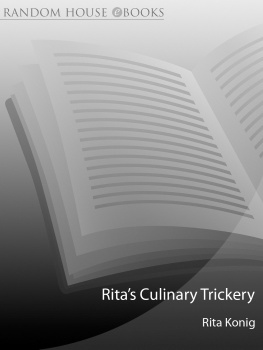
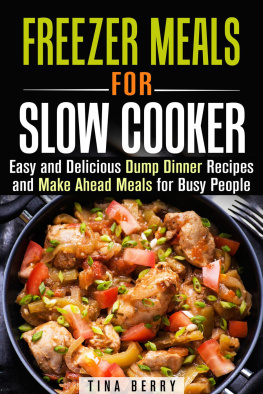
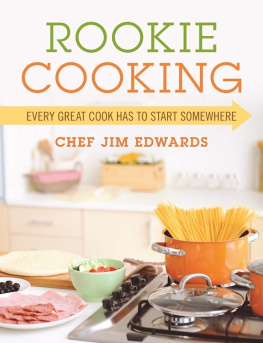
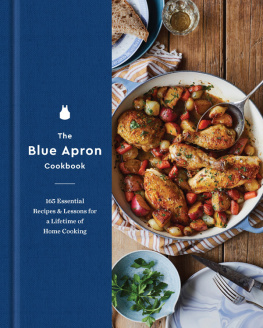
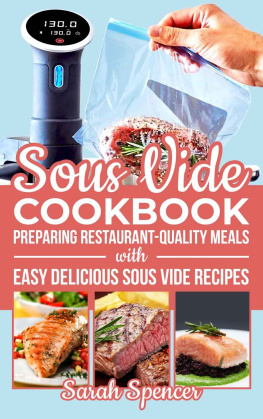
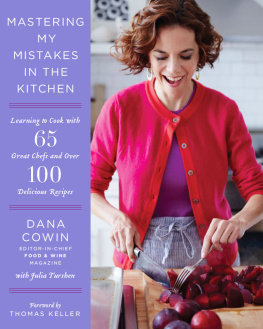
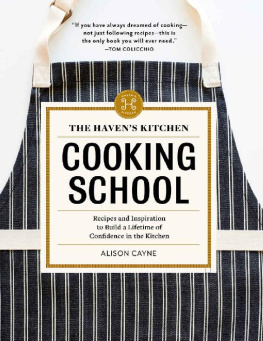
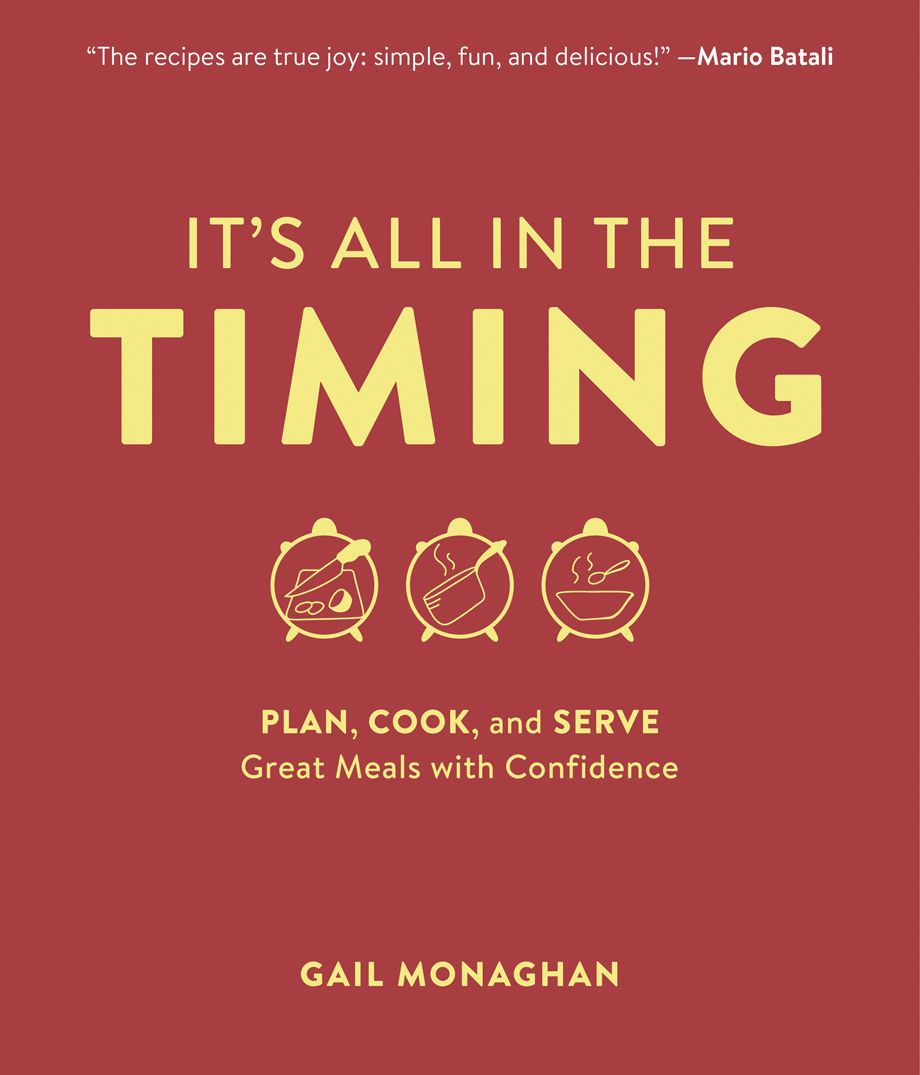
 Copyright 2016 by Gail Monaghan All rights reserved. No part of this book may be reproduced or transmitted in any form or by any means, electronic or mechanical, including photocopying, recording, or by any information storage and retrieval system, without express written permission from the publisher. Photographs on by Julia Becker. Photographs on by Gary Duff. Photograph on . Photograph on .
Copyright 2016 by Gail Monaghan All rights reserved. No part of this book may be reproduced or transmitted in any form or by any means, electronic or mechanical, including photocopying, recording, or by any information storage and retrieval system, without express written permission from the publisher. Photographs on by Julia Becker. Photographs on by Gary Duff. Photograph on . Photograph on .  CONTENTS
CONTENTS  I find the apt adage, Time and the tides wait for no man, increasingly relevant as birthdays pass. And negotiating time and its passage is at least as important in the kitchen as in other aspects of daily life. When should I do that? and How far in advance can I make it? are the questions students most frequently ask in my cooking classes.
I find the apt adage, Time and the tides wait for no man, increasingly relevant as birthdays pass. And negotiating time and its passage is at least as important in the kitchen as in other aspects of daily life. When should I do that? and How far in advance can I make it? are the questions students most frequently ask in my cooking classes.